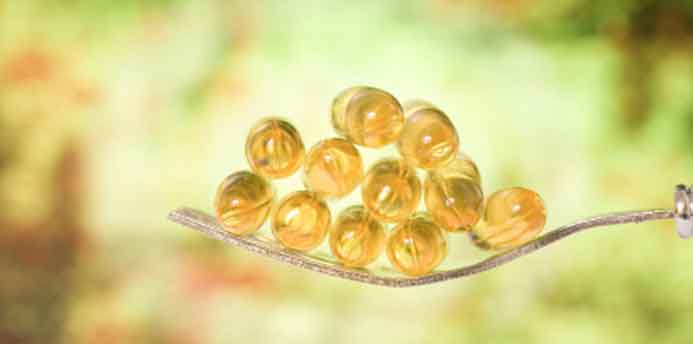Vitamin D helps your body store calcium, which creates strong bones. New research shows promise that higher levels of this vitamin might be able to combat depression, reduce the incidence of colon cancer, breast cancer, ovarian cancer, diabetes and strokes.
However, too much D increases the incidence of kidney stones, vomiting, and pancreatic cancer in smokers.
What’s the “D”eal?
The Food and Nutrition Board at the Institute of Medicine is expected to publish recommended guidelines of vitamin D in May. The current recommendation is 200 IU to 400 IU during times of inadequate sun exposure. Women above age 50 should be receiving 400 to 800 IU. The upper tolerable limit (adverse results begin to appear) has been reputed to be 2000 IU daily.
Vitamin D is derived from sunlight, foods, and vitamin supplements.
This fat-soluble vitamin is produced when UV-B rays strike the skin. In summer, as little as five minutes of sun a day on unprotected hands and face can replete the body’s supply. But for most people during the rest of the year (and for those of us who wear sunscreen,) the body needs dietary help.
Some of the highest sources of Vitamin D are listed below:
- Cod liver oil, 1 tablespoon: 1360 IU
- Cooked salmon 3.5 ounces: 400 IU
- Sardines in oil, drained 1.75 ounces: 250 IU
- Tuna in oil, drained 3 ounces: 200 IU
As for supplements, select the brands that contain vitamin D3 (cholecalciferol) as D2 (ergocalciferol) is 25% less effective.
Vitamin D deficiency can be signaled by muscle pain and weakness, but the only way to know for sure is through a blood test.

